Get Your HVAC System Ready for the Summer Heat
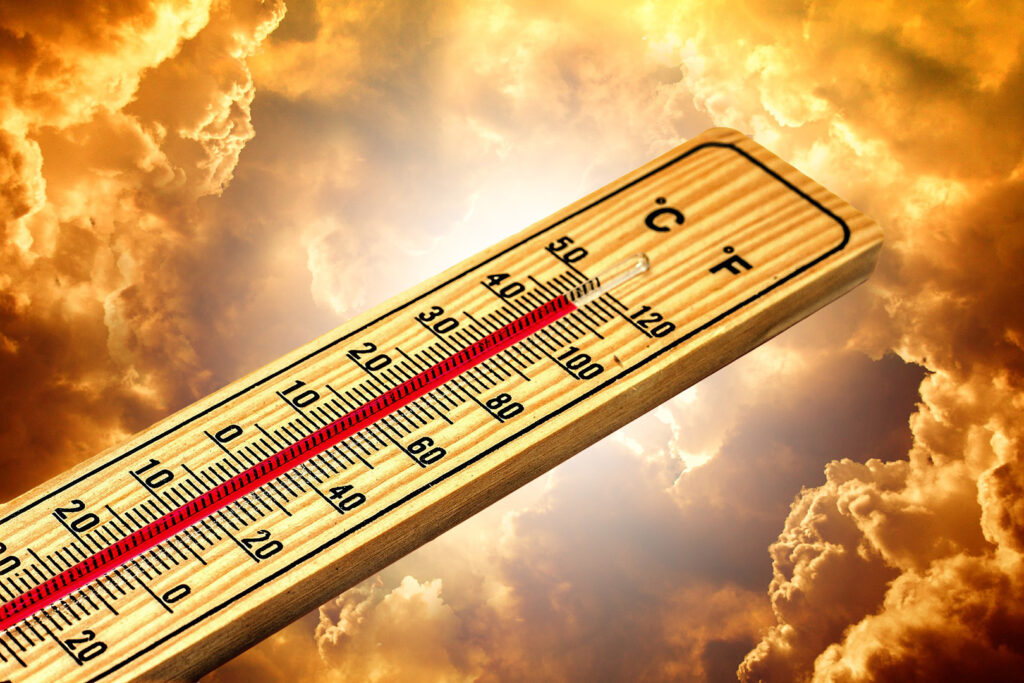
Don’t wait until the summer heat is upon you to address your HVAC needs. At Unionville Heating and Air Conditioning, we understand the importance of proper HVAC maintenance and its role in keeping your home comfortable and energy-efficient. The summer months can be brutal, and having a well-maintained HVAC system is essential to keeping your home cool and comfortable.
10 Signs Your Heat Pump Needs Repair
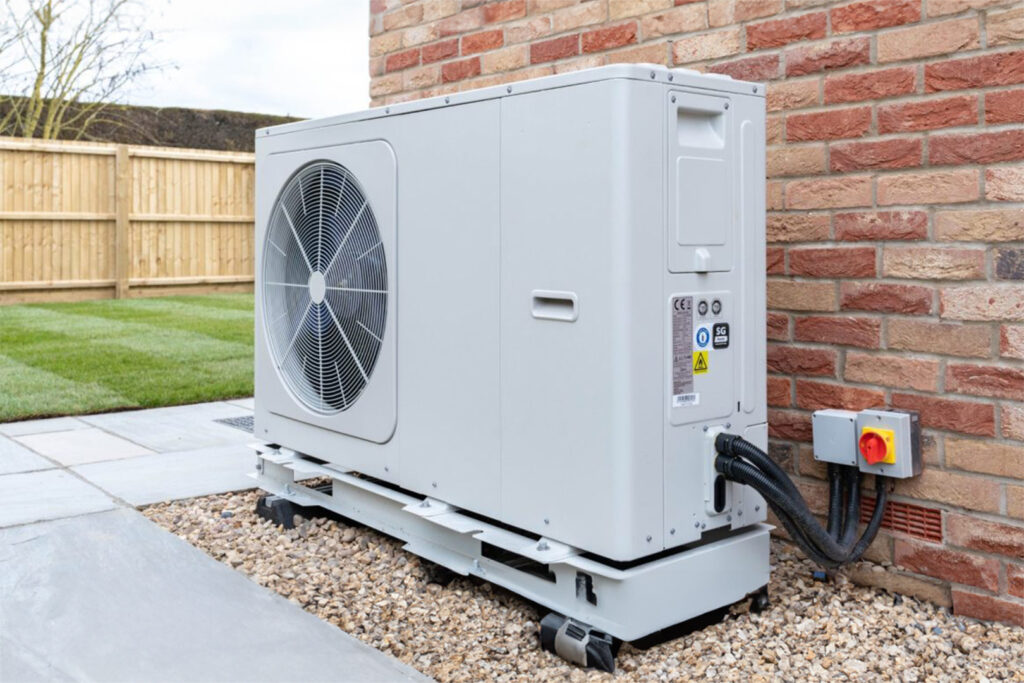
By being aware of these 10 signs, you can take proactive steps to address any issues with your heat pump before they escalate into more significant problems. Regular maintenance and prompt repairs can help extend the lifespan of your system, ensure optimal performance, and maintain a comfortable living environment for you and your family.
The Importance of Regular Propane Furnace Servicing
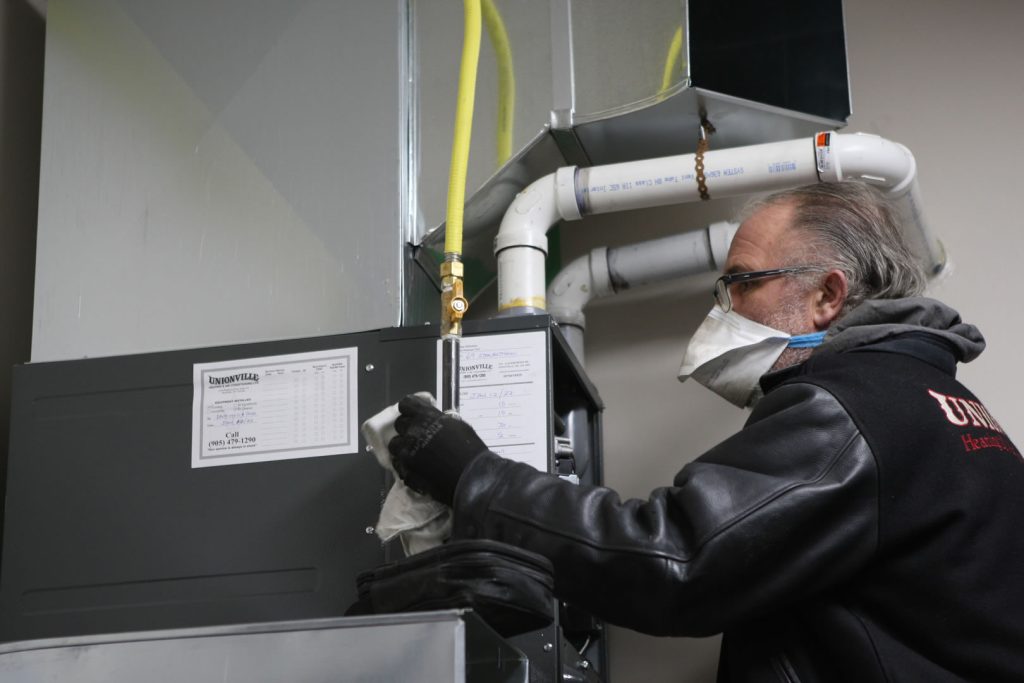
The Importance of Regular Propane Furnace Servicing For Rural Homeowners in Surrounding Stouffville, Goodwood, and Uxbridge Introduction For rural homeowners in the beautiful areas surrounding Stouffville, Goodwood, and Uxbridge, a propane furnace is a reliable, efficient, and cost-effective solution for heating your home. However, regular servicing is crucial to ensure your propane furnace continues to […]
Garage Heater Installation
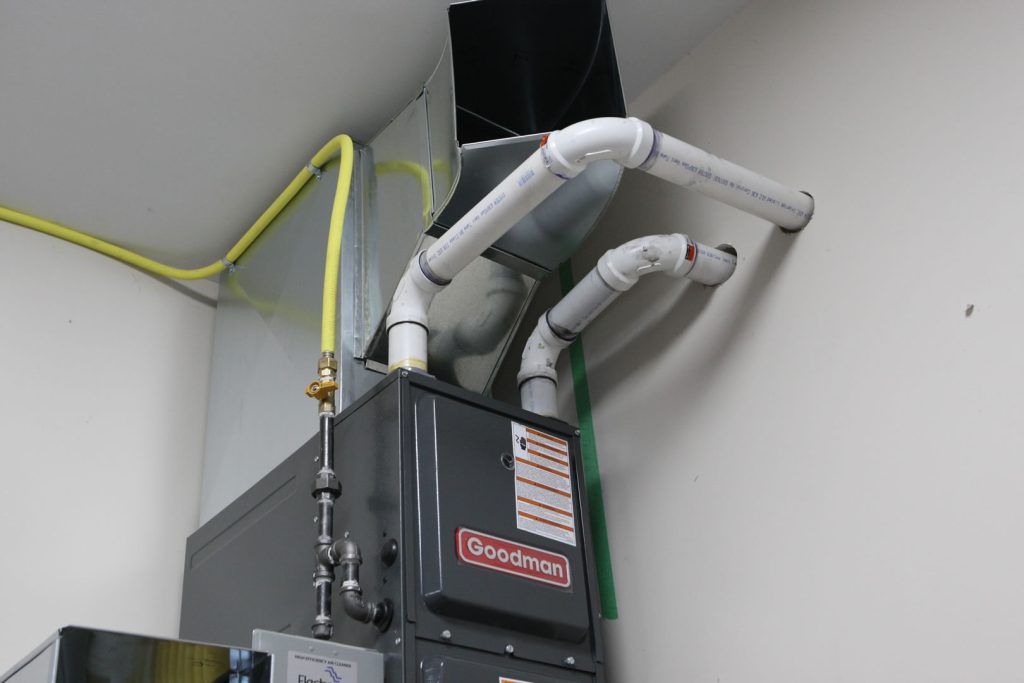
How do you install a furnace in a Garage? Heating from a garage furnace is an excellent solution for expanding your living or working area during the cold months of the year. Turn your garage into a heated workshop, family play area or game day hangout. A licensed HVAC contractor performs this How-To guide. The […]
Bulletin – Indoor Air Quality for Residential Buildings
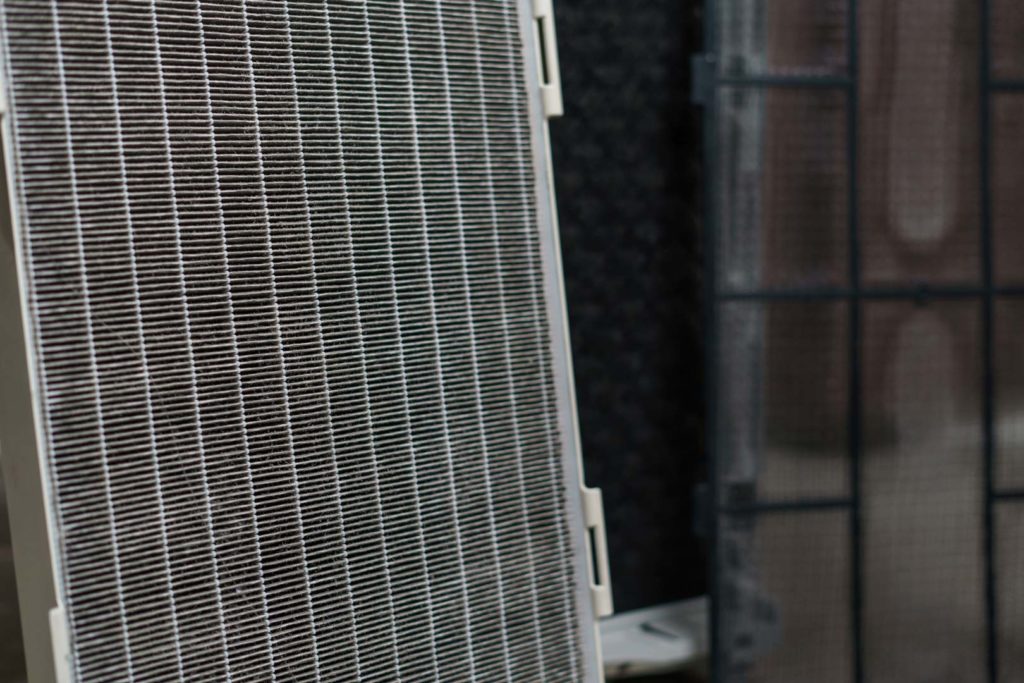
Unionville Heating and Air Conditioning is continuously monitoring and gathering information to provide their customers with the best recommendations and implementation for residential HVAC systems. Our goal for learning about advancements in technology is to apply these learnings to help keep us all safe. We care! This bulletin is issued by ASHRAE to address the […]
Government of Canada COVID-19: Guidance on indoor ventilation during the pandemic
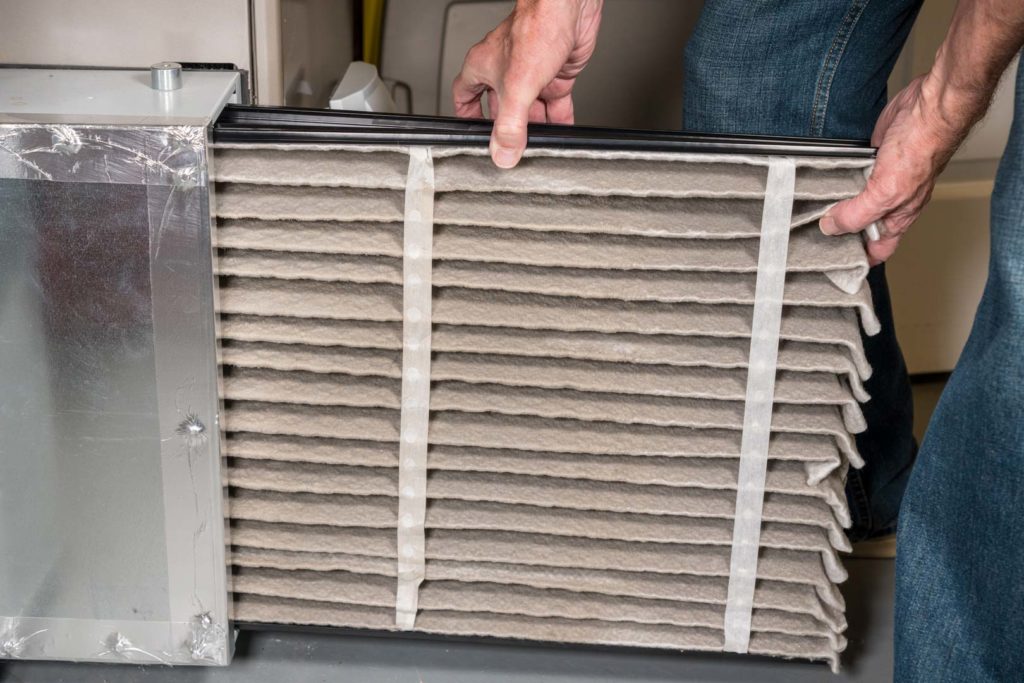
The Public Health Agency of Canada (PHAC) has developed a guide to inform Canadians about how indoor ventilation, combined with other recommended public health measures, can reduce the spread of COVID-19. The guide also provides practical tips on improving indoor air, ventilation and filtration to help reduce the spread of COVID-19. The complete content of […]
Furnace Backup Power During Electricity Outage
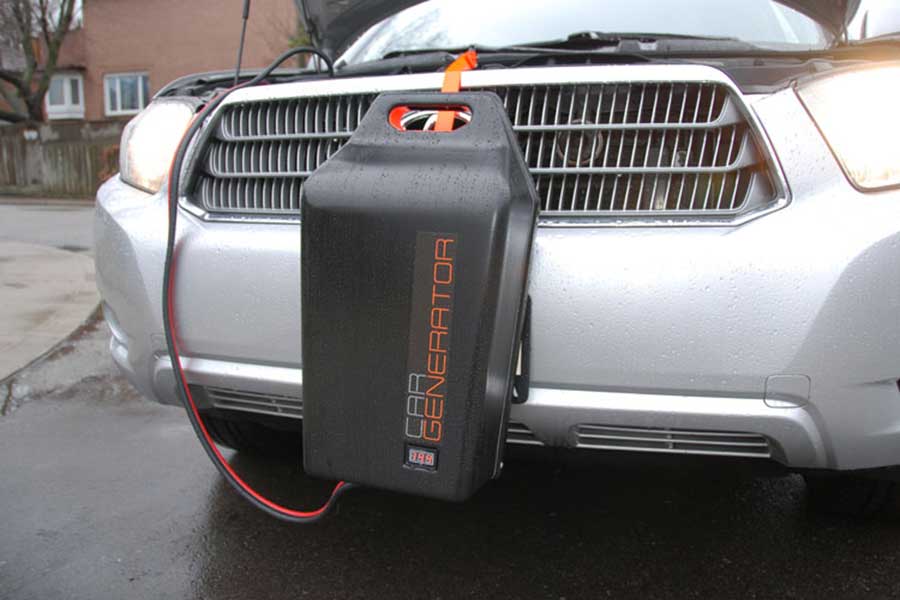
Get backup power to your furnace during a power outage. All you need is CarGenerator™ and an extension cord. When the power goes out due to high winds, heavy rain or ice, just plug in CarGenerator. You already own 75% of a backup generator, sitting right there in your driveway! Add CarGenerator to your vehicle, […]
Message from Unionville Heating and Air Conditioning President: COVID-19

At Unionville Heating and Air Conditioning, the safety and well-being of both our Customers and our Service Technicians is always our top priority. Rest assured that we are actively monitoring the COVID-19 situation and are taking precautionary measures to aid in keeping our communities safe. As an essential service to our customers, we are committed […]
Indoor Air Quality and Safety during COVID-19
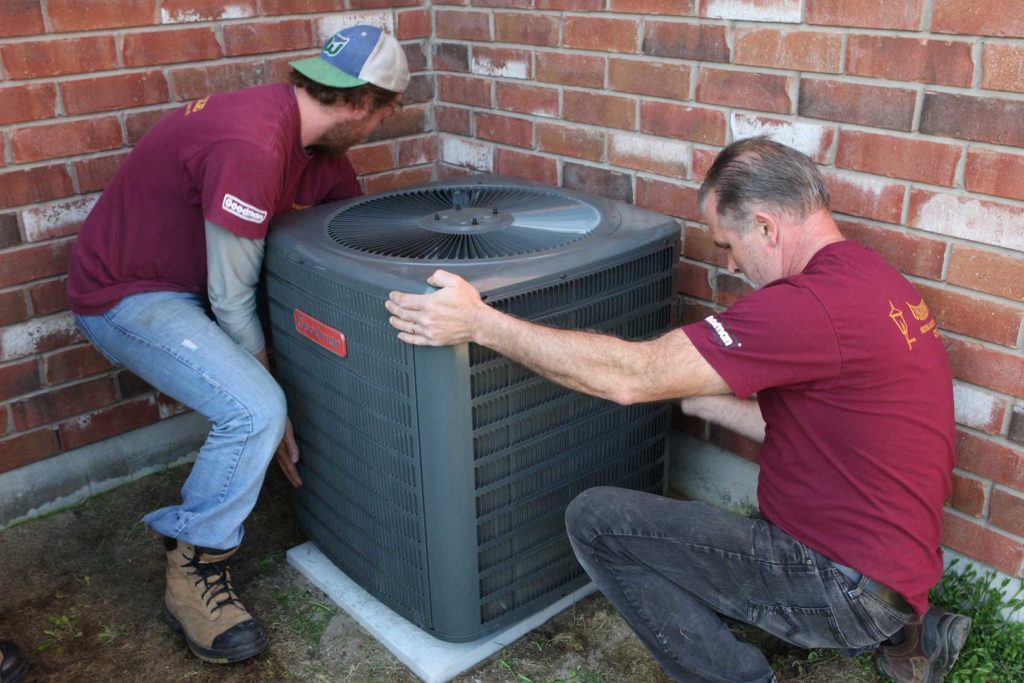
Spending More Time Indoors Due to Self-Isolation With regard to COVID-19 and the effects on people in our community, President of Unionville Heating John St.Germain says, “We care about our staff, and we care about our customers. Unionville Heating and Air Conditioning is open for business and here to help. We are spending more time […]
How Your House is Cooled – Science Explained
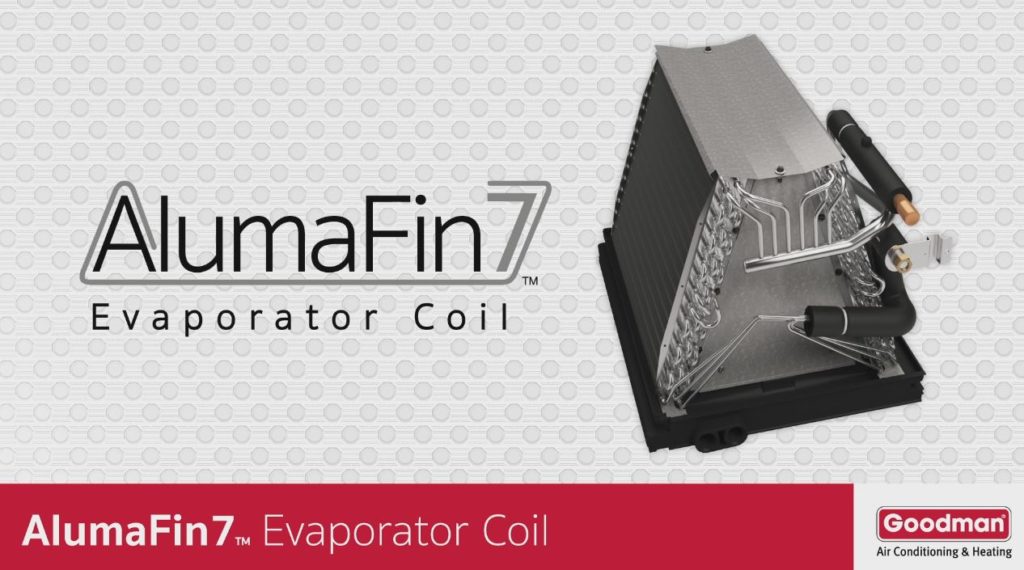
Ever wonder how your home cooling system work in the heat of the summer? Goodman has made this informative video to explain how it works. Your AC’s Evaporator Process The evaporator coil is the component in an air conditioner or heat pump that is responsible for the cooling of a home. The evaporator reduces the […]
Time for a new furnace?
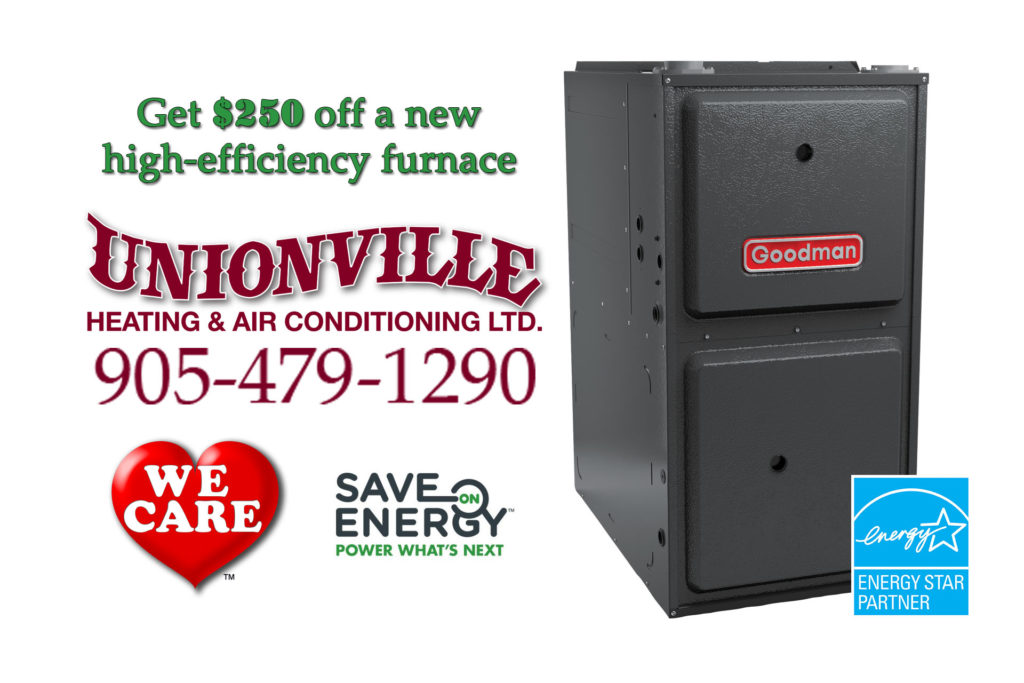
Get $250 back when you replace your furnace with a new high-efficiency model.* Reduces home heating costs by 25% per year. Your new central heating system must have an Electronically Commutated Motor (ECM). Improve home comfort and indoor air quality while reducing home heating costs when you make the switch. Why updgrade to an […]
Daylight Saving Time: Change Your Thermostat Clock
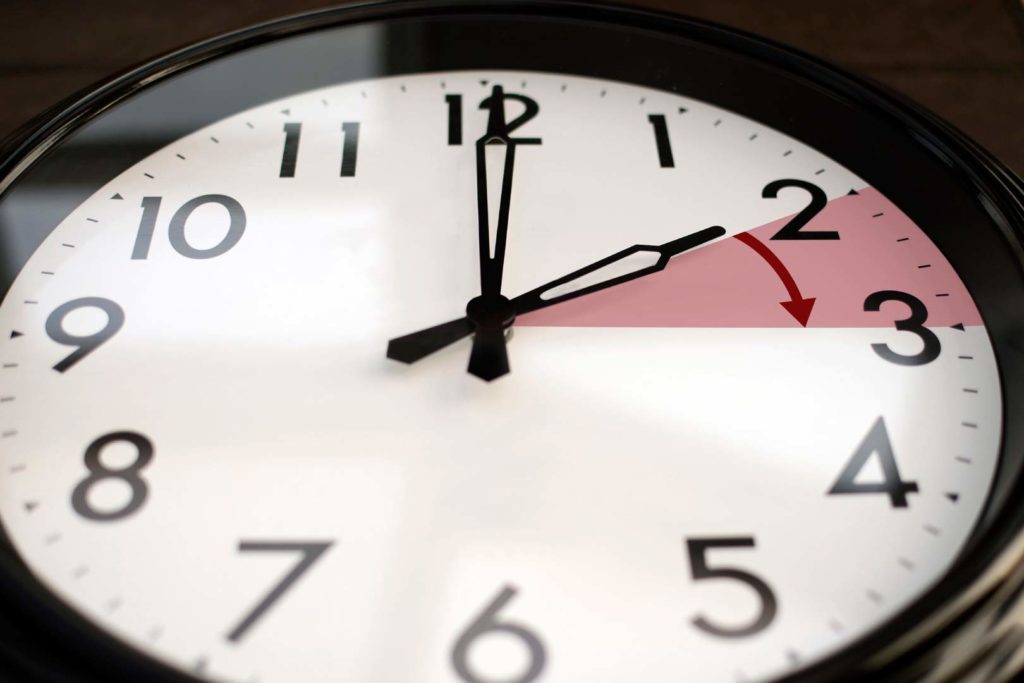
This Sunday, March 11th, is the start of Daylight Saving Time. We’ll miss an hour of sleep, but we will also gain an extra hour of daylight in York and Durham. As you adjust all the clocks in your home, don’t forget to change the clock on your thermostat if it has one. While the […]

